Fátima
Towns and Villages
With its origins deep in history, it was during the Arabian occupation that this settlement developed and was named. According to legend, during the Christian Reconquest, the Templar knight Gonçalo Hermingues, also known as Bringer-of-Moors, fell in love with Fátima, a Moor captured in the course of an ambush. Reciprocating the love, the young woman converted to Christianity and adopted the name Oureana.
Its subsequent development dates from the events known as the Apparitions of Fátima, in the early part of the twentieth century. It has become one of the key centers for the Cult of the Virgin Mary in Portugal and has been recognised world-wide by the Catholic Church.
The first apparition took place in 1917, in Cova da Iria, at the site of the current Sanctuary. The most important celebrations are held on 13th May (including the Candlelit Procession on the night of the 12th and the Farewell Procession closing the event on the 13th) and 13th October. Furthermore, the 13th of every month between these two dates is also a day of devotion.
For those interested in the historical context of the apparitions of Our Lady of Fátima, visits can be made to the houses of the shepherd witnesses in the village of Aljustrel.
In the gardens of Casa de Lúcia, there is a monument commemorating the second apparition of the Angel of Peace and the end of the Via Sacra which begins in the Sanctuary. Along this route, there are 14 chapels donated by Hungarian Catholic refugees in the West. Of particular note is Valinhos, 400 metres from the village where monuments commemorate the fourth apparition in 1917 as well as the place chosen by the angel. Here, in 1916, the shepherds saw the Angel of Peace for the first and third times.
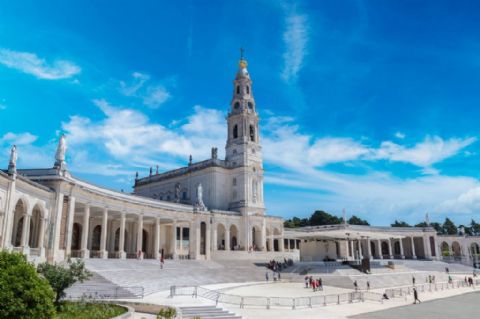
Monuments
Santuário de Nossa Senhora de Fátima
One of the largest Marian centres in the world.
This Marian centre of pilgrimage evokes the apparitions of Our Lady to the three little shepherds Lucia, Francisco and Jacinta, which took place in 1917 and were recognized in 1930. The spot was a rural property called Cova da Iria, and it belonged to the parents of Lucia, who donated it to the Shrine. It was here that five of the six apparitions took place.
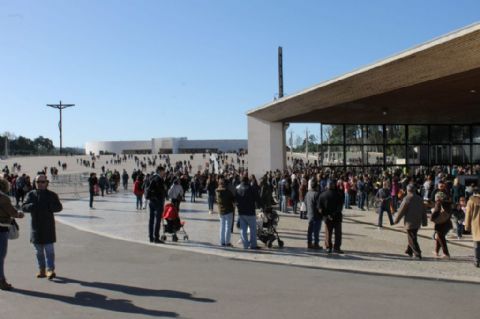
Places of the apparitions
Capela das Aparições – Fátima
Monuments
The Chapel, in the heart of the current Fátima Sanctuary, was built by local people in 1919 in response to the request made by Our Lady during one of the apparitions.
The first mass to be held there was in 1921.Although subject to certain changes, due to preservation and maintenance requirements over recent years, the modestly sized chapel retains its rough design similar to a simple hermitage.The image of Our Lady marks the spot of the holm-oak tree, the site of the apparitions. The actual tree itself disappeared piecemeal as more fervent believers made off with it twig by twig. It was here that the shepherds came to say the rosary accompanied by other believers.
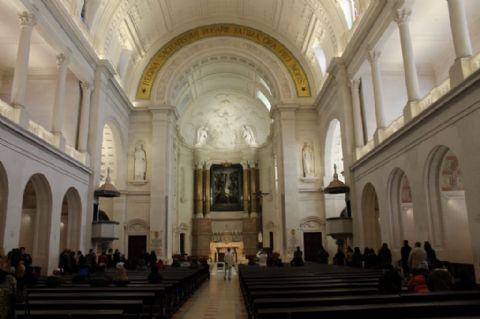
Basílica de Nossa Senhora do Rosário
(commonly known as the Basilica of the Rosary) is a basilica that forms part of the Shrine of Fatima, situated in the place of Cova da Iria in Fatima.
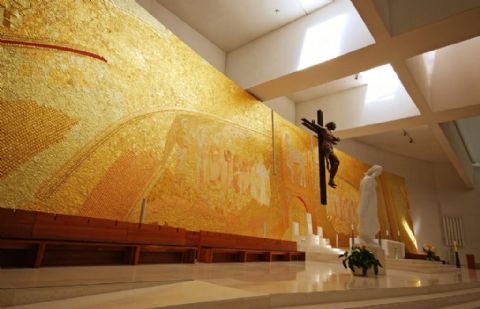
Basílica da Santíssima Trindade
Basílica da Santíssima Trindade
Monuments
The Church of the Most Holy Trinity is situated within the enclosure of the Sanctuary of Fátima, on the opposite side of the Basilica. It was inaugurated in 2007 but had been planned since 1973. In fact since then there had been the need to build a new church because the Basilica wasn’t large enough to accommodate the great number of pilgrims who wanted to attend services within the Sanctuary, on days of average turnout.
ALJUSTREL
The small village of Aljustrel was the birthplace of the three little shepherds and the house of the brothers Francisco and Jacinta can be visited, as well as Lúcia’s house, converted in a museum, depicting local lifestyle in the beginning of the 20th century. Departing from Aljustrel you can walk along the Way of the Cross in Valinhos.
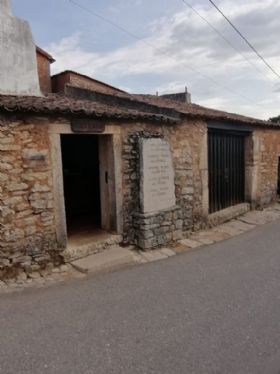
House Museum of Aljustrel
The House Museum of Aljustrel is located next to Lucia’s birth house, in that small village called Aljustrel, about 2 kilometers away from the Shrine of Fatima. This first permanent Museological Centre of the Shrine was inaugurated on August 19, 1992, and is located in the house once owned by Maria Rosa, baptism godmother of Lucia. It is divided in four sections which allow us to understand the daily life back to the period of time of the apparitions. building with curving and flowing lines.
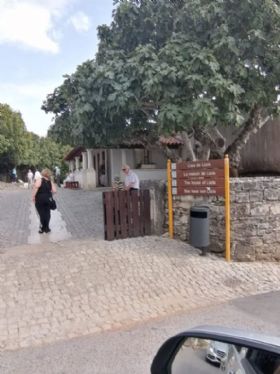
Lucia’s House
House where Lucia de Jesus, the youngest of six children, was born and lived. The first interrogatories to the seers took place in this house. In the backyard, one can still see the fig trees under the shade of which the three little shepherds played and where they hid when sought by pilgrims or curious.
In 1981, Sister Lucia donated the house to the Shrine; it only took possession of it in 1986. The area surrounding the house was arranged and was built a new information office, inaugurated on August 13, 1994.
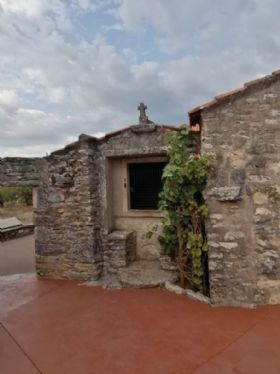
Jacinta and Francisco’s House
It was in this house that Blessed Francisco and Jacinta were born, the two youngest children of the family Marto. This house is 200 meters away from Lucia’s. It was acquired by the Shrine in November 1996, and later rebuilt.
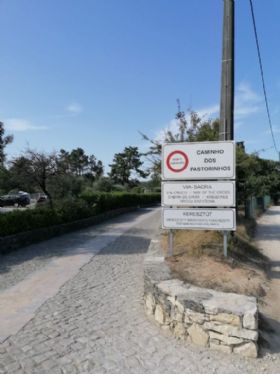
Little Shepherds way
The way of the cross. It’s the way the 3 little sheapards use to do to the place where the apparitions toke place, Cova da Iria, now a days the Shrine of Fátima
MARIA DOS ANJOS (NIECE SISTER LUCIA)
It is very likely to be received by Sister Lucia’s niece
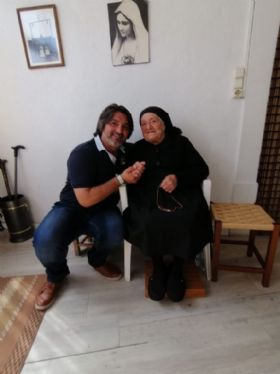
PRIVATE TOUR FÁTIMA
Our driver guides Luis.
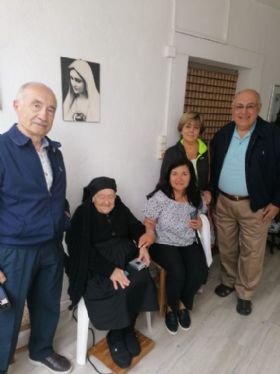
PRIVATE TOUR FÁTIMA
Thank you for choosing our services!!! With clients from USA .
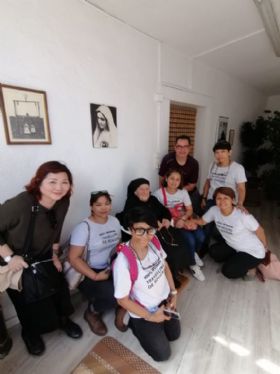
PRIVATE TOUR FÁTIMA
With visit Mrs. Maria dos Anjos customers from Malaysia . Thank you for choosing Fantasticride.
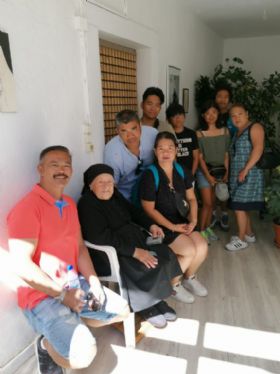
PRIVATE TOUR FÁTIMA
With customers from the Filipines/England .With visit Maria dos Anjos
Thank you for choosing Fantasticride.